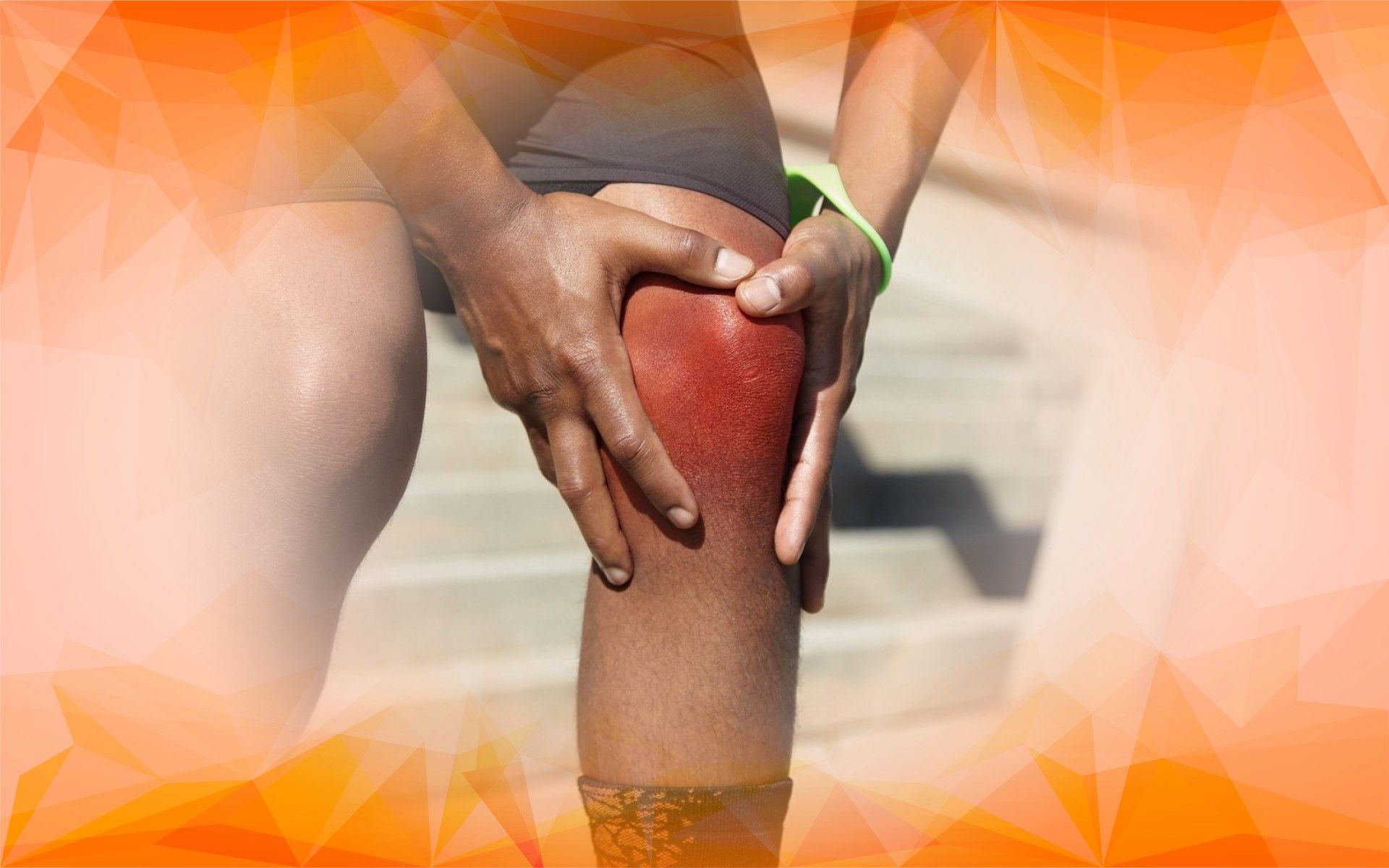Knee osteoarthritis is a common condition that affects millions of people, causing pain, stiffness, and reduced mobility. It develops when the cartilage that cushions the knee joint gradually breaks down, leading to discomfort and inflammation. One question many people have is whether osteoarthritis is hereditary—does it run in families? In this article, we’ll explore what science tells us about the roles our genes and lifestyle choices play in the development of knee osteoarthritis , and how both factors combine to influence risk.
The Genetic Side of Osteoarthritis
Research has shown that genetics do play a part in knee osteoarthritis . When something is hereditary, it means it can be passed from parents to children through their genes. Scientists have identified specific gene variations that are linked to osteoarthritis, particularly those involved in the health of cartilage and inflammation. For example, changes in the COL2A1 gene—which helps the body produce type II collagen, a key protein for strong, resilient cartilage —are associated with a higher risk of developing the condition.
Family history is another important clue. If you have close relatives, such as parents or siblings, with knee osteoarthritis, your chances of developing it are higher. This points to inherited traits that can affect how your cartilage holds up over time or how your body responds to joint inflammation . However, it’s important to note that not everyone with a genetic predisposition will develop the disease—genes can make you more susceptible, but other factors matter too.
How Lifestyle and Environment Fit In
Genes are only part of the story. Lifestyle habits and environmental factors play a major role in whether and how knee osteoarthritis develops . Things like how active you are, your body weight, and the amount of physical stress your knees experience all make a difference. For instance, carrying extra weight puts added pressure on your knee joints , increasing the rate at which cartilage wears out. Repetitive movements or injuries from sports and work can increase your risk as well.
These lifestyle factors often interact with your genetic makeup. Someone with a genetic tendency toward weaker cartilage might notice symptoms earlier or experience more severe problems if they are overweight or engage in high-impact activities. On the other hand, maintaining a healthy weight and staying active with joint-friendly exercises can significantly lower your risk—even if osteoarthritis runs in your family. It’s this combination of genes and environment that shapes your overall risk.
The Ongoing Debate: Genes or Lifestyle?
Researchers are still sorting out exactly how much of knee osteoarthritis is due to genetics and how much comes from lifestyle factors. Studies in identical twins suggest that heredity does have a significant impact, as twins often develop osteoarthritis at similar rates. At the same time, evidence shows that factors like obesity, past injuries, and overuse are also powerful predictors—and in some cases, these lifestyle factors can outweigh genetic risk.
The takeaway is that osteoarthritis doesn’t have a single cause. Instead, it develops through a mix of genetic and environmental influences. Most experts now agree that knee osteoarthritis is a complex, multifactorial condition. This understanding helps explain why some people develop the disease despite having no family history, while others with a strong genetic risk remain unaffected, especially with healthy habits.
What This Means for Prevention and Treatment
Recognizing that both genetics and lifestyle play roles in knee osteoarthritis offers practical benefits. If you know that osteoarthritis runs in your family, there’s value in taking early steps to protect your joints—like managing your weight, staying active with low-impact exercises (such as swimming or cycling), and being mindful of repetitive strain .
Looking ahead, advances in genetic research could lead to more personalized treatments, tailored to a person’s unique genetic profile. As scientists discover more about the genetic changes involved in osteoarthritis , there’s hope for therapies that target the specific causes of cartilage damage. For now, understanding the importance of both heredity and environment encourages a balanced approach to prevention and care—combining medical advice with practical lifestyle changes.
In Summary
Knee osteoarthritis is shaped by both inherited genes and everyday lifestyle factors. While a family history and certain gene variations can raise your risk, factors like body weight and activity levels are just as important. The latest research suggests that it’s the ongoing interaction between genetics and the environment that determines your risk and how the disease progresses.
By understanding this interplay, you can make informed choices to protect your knee health and seek appropriate care. As research continues to unlock more about osteoarthritis , there’s growing hope for more effective, personalized treatments, helping people stay active and maintain their quality of life.
References
Clement Nd. (2013). Is Osteoarthritis of the Knee Hereditary? A Review of the Literature. Hereditary Genetics, 01(S1). https://doi.org/10.4172/2161-1041.s1-004
Rai, A., Wordsworth, B. P., Coppock, J. S., Zaphiropoulos, G., & Struthers, G. R. (1994). Hereditary arthro-ophthalmopathy (Stickler syndrome): a diagnosis to consider in familial premature osteoarthritis. Rheumatology, 33(12), 1175-1180. https://doi.org/10.1093/rheumatology/33.12.1175
Sittmann, K., & Kendrick, J. W. (1964). Hereditary osteoarthritis in dairy cows. Genetica, 35(1), 132-140.




